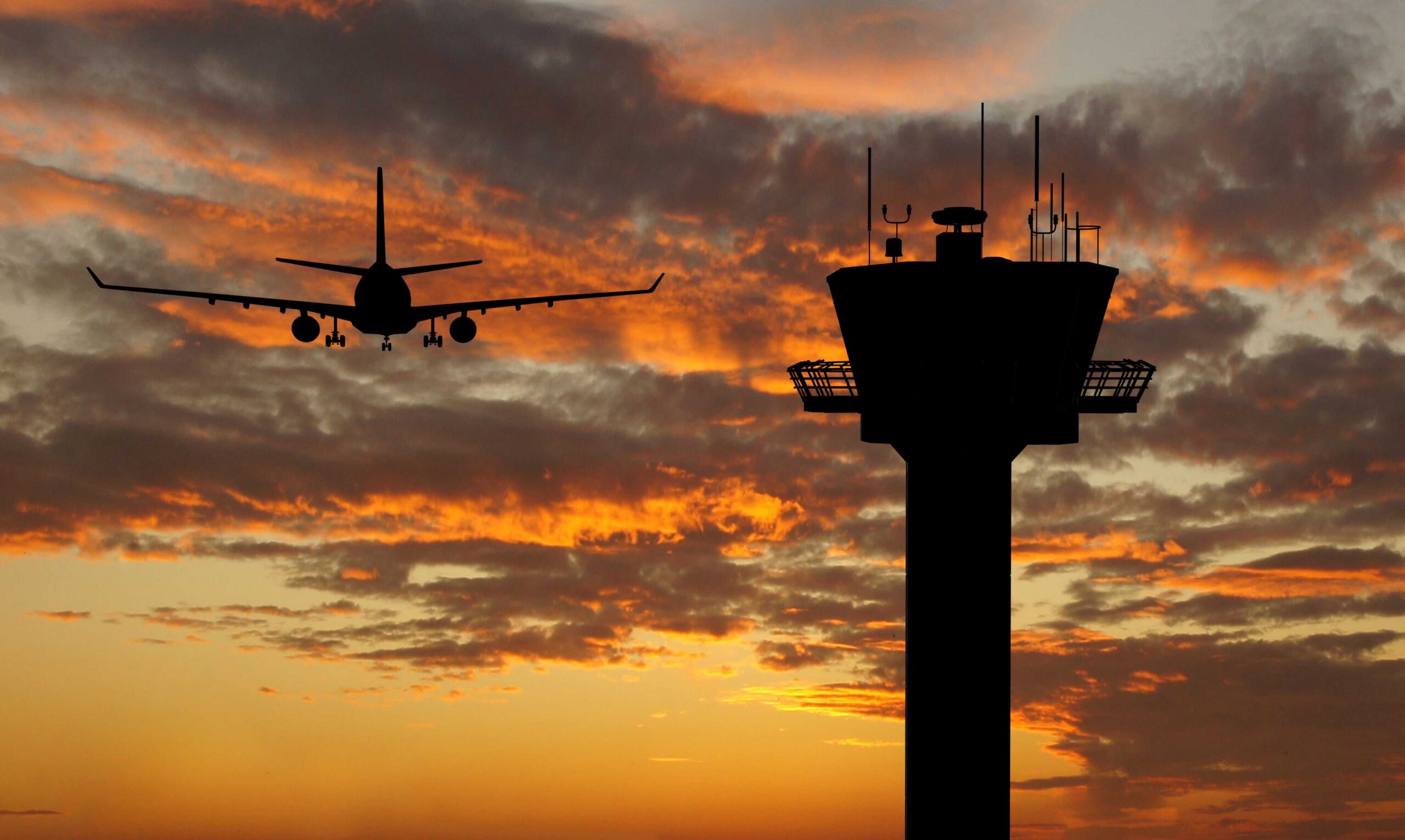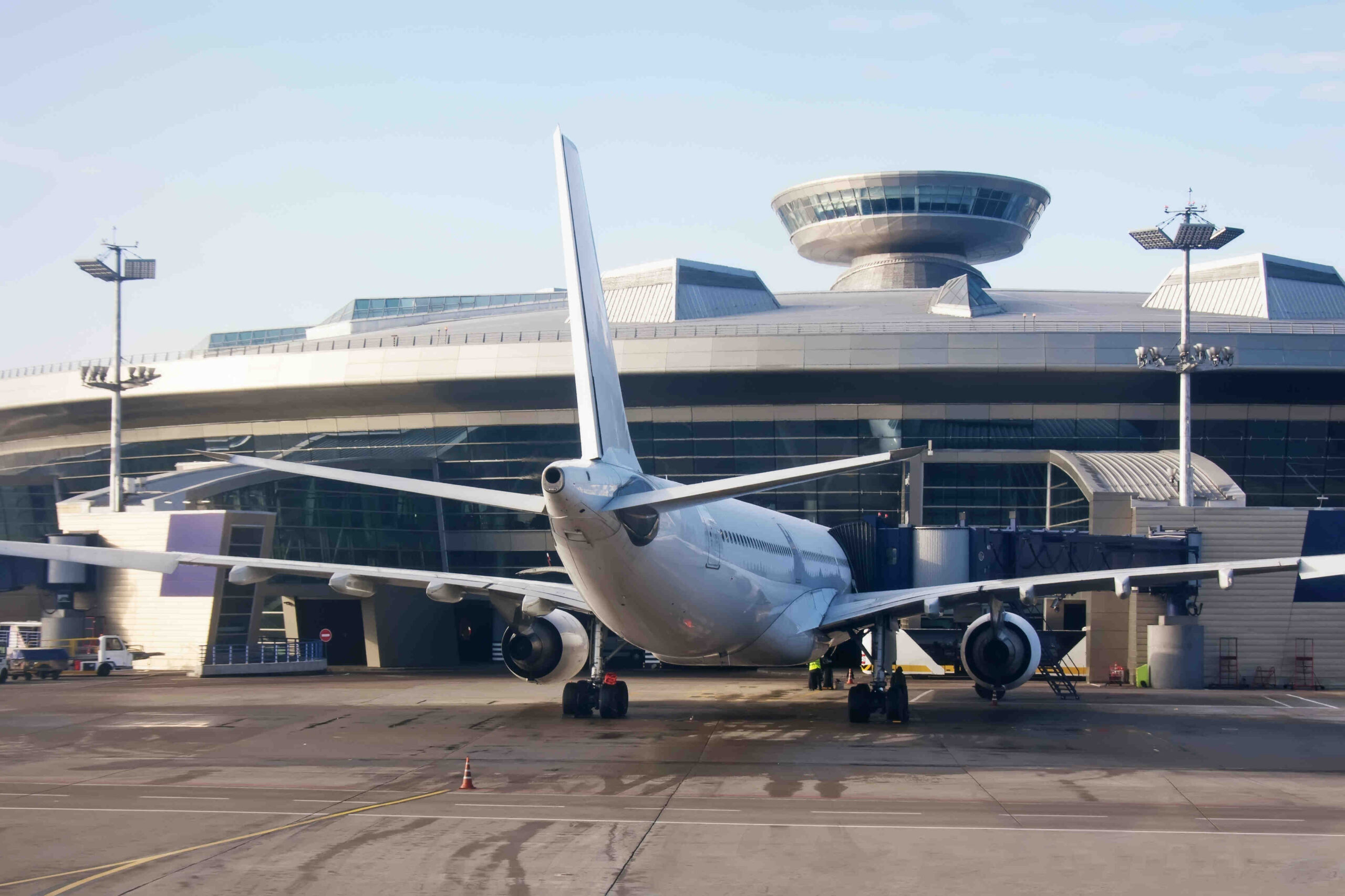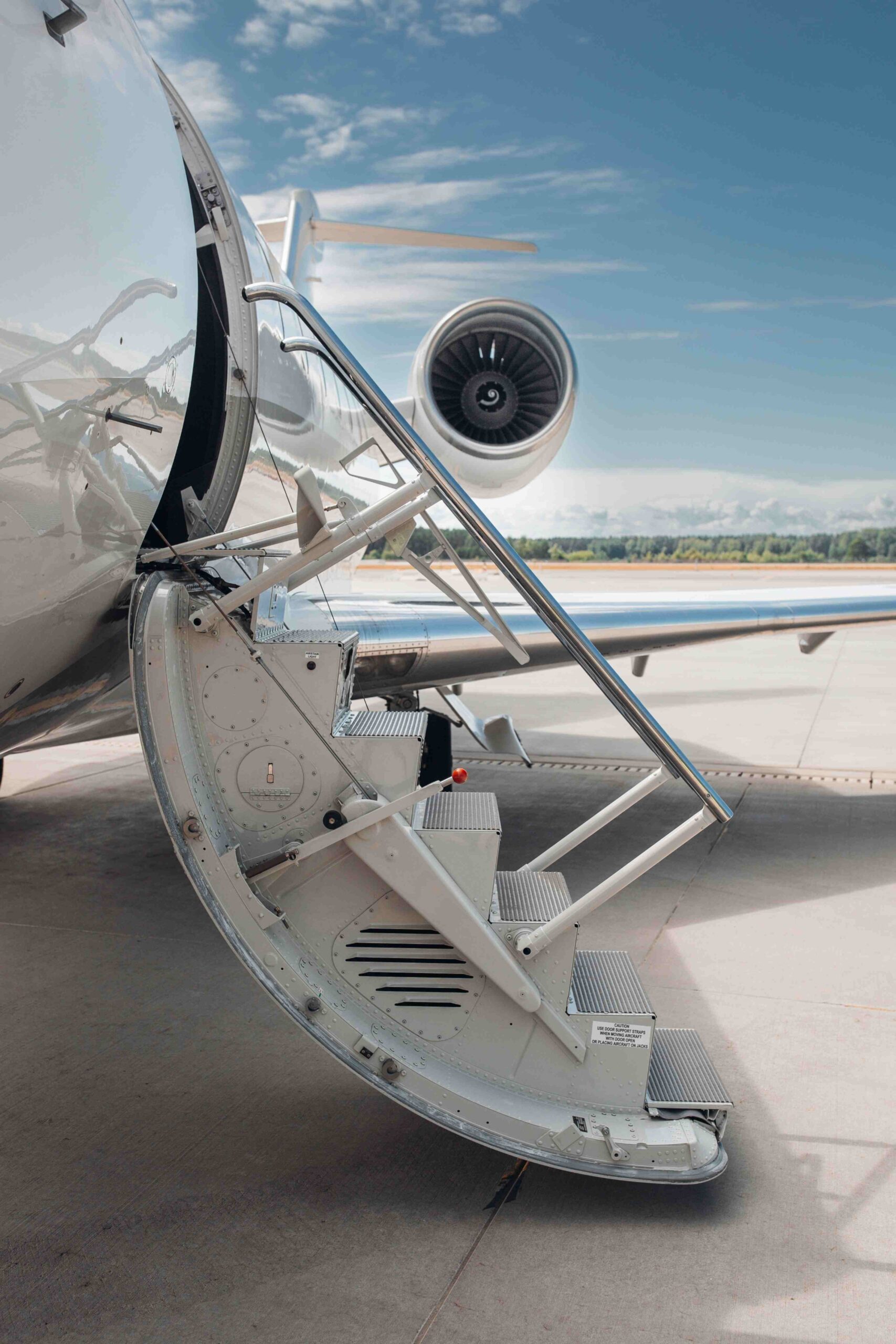While the changes may not be immediately apparent, air traffic is growing steadily. Not only do passenger flights fly overhead, but so do general aviation (GA) operations and military missions. Each of these types of aircraft operates under a different set of rules and procedures. Unmanned aerial vehicles (UAVs) – drones – are also playing an increasingly important role in air traffic. They have become an integral part of modern aviation. This means that the skies are becoming increasingly crowded, making ATM more difficult to manage.
Airspace restrictions
Although the airspace appears unlimited, in reality there are numerous restrictions. There are zones in which entry is either completely prohibited or is severely restricted. Such areas are designated over strategic facilities, military training areas, or major event sites. These are necessary precautions for security reasons.
All of the world’s airspace is divided into so-called Flight Information Regions (FIRs), areas of specific dimensions where flight information service and alerting service are provided. According to the regulations, the air information service was established to provide guidance and information that supports safe and efficient flight operations. The alerting service, in turn, is tasked with notifying the appropriate organizations regarding aircraft in need of search and rescue aid, and assist such organizations as required.
FIR Warsaw - Polish airspace
Like other countries, Poland has its own Flight Information Region (FIR). FIR Warsaw (FIR EPWW) covers Polish airspace over the national territory, internal waters and territorial sea, as well as part of the space over the Baltic Sea. It extends from the ground surface (GND) to an altitude of about 21 kilometers (FL660). This is the maximum altitude at which an aircraft, when performing a flight, is provided with flight information service and alerting service.
Airspace management and air traffic in Poland
FIR Warszawa includes both controlled airspace, where air traffic is controlled by air traffic control, and uncontrolled airspace, where flights are carried out under different rules. Additionally, in accordance with the FUA (Flexible Use of Airspace) concept, flexible air zones are set within FIR Warszawa, which can be activated temporarily depending on operational needs. These zones are classified as controlled or uncontrolled, which affects the rules for their use by civil and military aviation. Air traffic management is coordinated and conducted in accordance with specific regulations and procedures to ensure the smooth and safe flow of air traffic.
In the interest of safety and unification of operations in the FIR EPWW, new provisions of the Aviation Law on Unmanned Aerial Vehicles (BSP) have been introduced. The amendment clarifies the rules for drone flights in the Warsaw FIR, allowing for more effective coordination and control of air traffic. The new regulations aim to increase the safety of all airspace users and improve air traffic management.
Aviation at Lazarski University
We encourage you to explore the intriguing world of modern aviation by reading our blog and enrolling in aviation majors at Lazarski Aviation Academy at Lazarski University.
Lazarski Aviation Academy
The place where dreams take off. We offer graduate, postgraduate and MBA studies for future pilots, aviation lawyers and managers.



